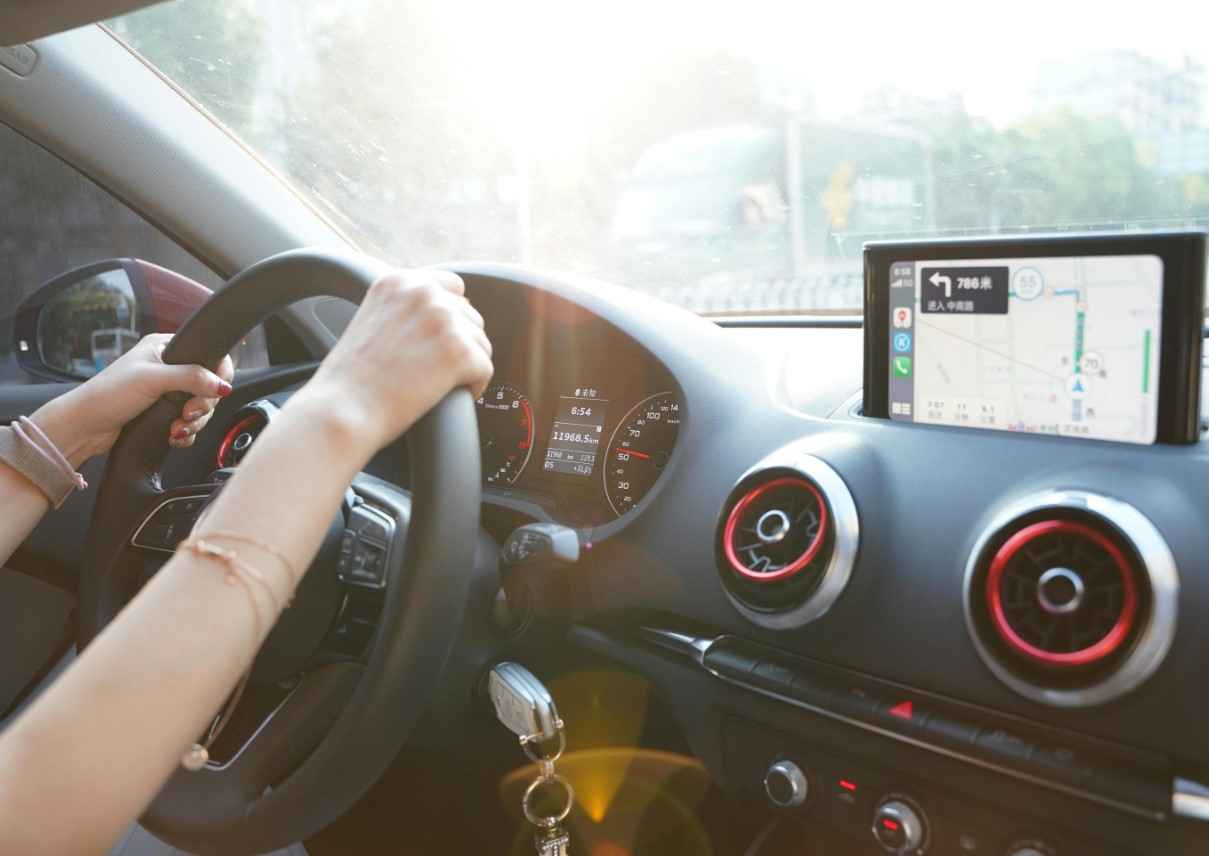
Have you ever wished your car map just got you? You know—took your usual route, skipped annoying left turns, or even spoke to you in a voice that felt familiar? Today’s drivers expect more from navigation. It’s no longer just about getting from A to B; it’s about doing it in a way that feels smart, stress-free, and maybe even fun.
With tools like AI voice generators, maps are becoming more adaptive than ever. But what really makes a car map feel personal? Let’s break it down from both the driver’s and the developer’s side.
Consider What Drivers Want
Custom Route Preferences
Drivers don’t all think alike. Some want to get there fast, while others prefer a scenic cruise. Here’s how smart maps can help:
- Saved Avoid Settings: Let users always avoid highways, tolls, or left turns with a simple setting.
- Fast vs. Scenic: Give the option to pick the fastest route—or the most beautiful one.
- Time-Based Planning: Use historical traffic data to avoid slowdowns, like a school zone at 3 PM.
Personalized Points of Interest (POIs)
Not all stops are equal. Drivers want their maps to suggest places that match their habits and lifestyle.
- Smart Suggestions: Show the coffee shop near the office every Monday morning.
- Loyalty Matching: Recommend gas stations that match the user’s loyalty program (like Shell or Chevron).
- Soft Preferences: Highlight pet-friendly stops or EV chargers depending on the driver’s profile.
Adaptive Interface
The look and sound of the map matter too.
- Voice Customization: Let users pick from different voice styles—or even use an AI voice generator to clone a loved one’s voice (with permission, of course).
- Visual Modes: Offer night mode for dark drives and bigger text for easier reading.
Learning Over Time
The best maps get smarter the more you use them.
- Destination Memory: Automatically learn common spots like home, gym, or daycare.
- Parking Reminders: Help drivers remember where they parked and guide them back on foot.
Key Factors for Developers to Consider
Creating a personal map is no small job. It takes smart data use, strong AI, and respect for user privacy.
Data-Driven Insights
Machine learning can spot patterns and improve the map experience.
- Driving Habits: Spot trends like “every Friday at 5 PM, this driver takes a different route.”
- Calendar Integration: Sync with calendars or wearables to suggest routes automatically (like a 2 PM meeting across town).
Privacy Comes First
People want control over their data. Smart apps give users a choice.
- Opt-In Settings: Let users decide what to share, like location history but not search terms.
- On-Device Processing: Handle sensitive data on the phone itself (like Apple Maps does) to build trust.
Car System Integration
Maps can be even smarter when they talk to the car.
- Use Car Data: Suggest gas stations if fuel is low, or service centers when tire pressure drops.
- Voice Assistants: Link with Alexa or Google Assistant for hands-free help like “add a coffee stop.”
Gamification and Feedback
A little fun goes a long way.
- Reward Exploration: Give badges for trying new features like “Scenic Route Explorer.”
- User Feedback: Ask simple questions like “Was this route better than usual?” to learn and improve.
Real-World Challenges (And How to Solve Them)
No system is perfect. Here are a few common problems—and smart fixes.
- Privacy Worries: Always explain why data is needed when asking for permission.
- Over-Customization: Make it easy to reset to default settings in case things get confusing.
- Voice Licensing: Be careful when offering AI voices. Make sure they don’t break copyright rules—especially if users want celebrity voices or loved ones cloned with tools like MiniMax AI.
Takeway
At the end of the day, personalized car maps do more than give directions—they save time, reduce stress, and make driving feel smoother. Drivers get a smarter experience, and developers build loyalty by offering real value.
So, whether you’re a driver digging through settings or a developer building the next big update, remember: the road ahead is personal. What’s one thing you wish your car map already knew about you?






